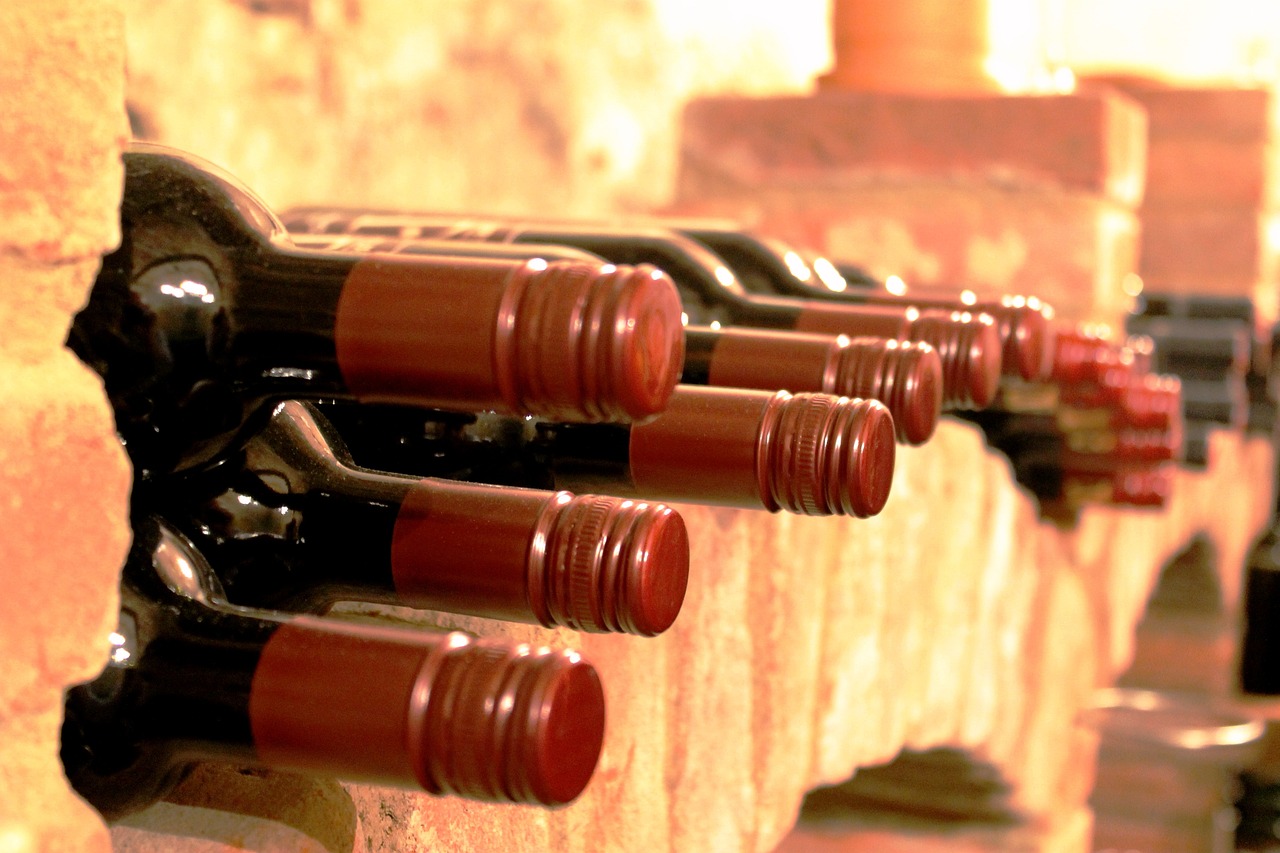Do you love wine but don’t know where to start when it comes to tasting? This guide is for you! In this post, we will discuss the basics of wine tasting and give you a few tips to help get started. Wine can be a complex topic, but with a little bit of practice, you’ll be able to taste and appreciate wines from all over the world. So what are you waiting for? Let’s get started.
- The five basic elements of wine tasting are appearance, aroma, taste, mouthfeel, and finish. When first examining a wine, take note of its appearance by holding it up to the light and observing its color and clarity. Swirl it in your glass to release its aromas and then smell it to pick up on various scents such as fruits or spices. Take a small sip of the wine and let it linger on your palate before swallowing to fully experience its taste and mouthfeel (texture). Finally, pay attention to how long the flavor lingers after you swallow or spit out the wine; this is known as the finish.
- When tasting multiple wines at once, always start with lighter-bodied white wines and move on to fuller-bodied red wines. This is because the heavier flavors in red wines can overpower the delicate flavors of white wines if tasted in reverse order.
- Don’t be afraid to spit out a wine if you don’t like it or want to save your palate for the next taste. This is a common practice among professional tasters and will allow you to fully experience each wine without becoming overwhelmed or intoxicated.
Overall, remember that there are no right or wrong tastes — just personal preferences! Relax and have fun while learning about different grapes, regions, and winemaking techniques through experiencing various wines.
How do these courses work?
- A basic wine course will typically involve tasting several different wines, led by a sommelier or expert in the field.
- Along with learning how to properly taste and analyze a wine, basic courses also cover basic knowledge of grapes, regions, and winemaking techniques.
- These courses often include food pairing suggestions and tips for selecting the right bottle at a restaurant or store.
- Basic wine courses can be taken in person at a local wine shop or school, or even online through an interactive virtual class.
We hope this information on basic wine course was helpful. Thank you for reading.







